With gene expression analysis growing in importance for both basic researchers and medical practitioners, researchers at Carnegie Mellon University and the University of Maryland have developed a new computational method that dramatically speeds up estimates of gene activity from RNA sequencing data.
Apr 20th, 2014
Read more
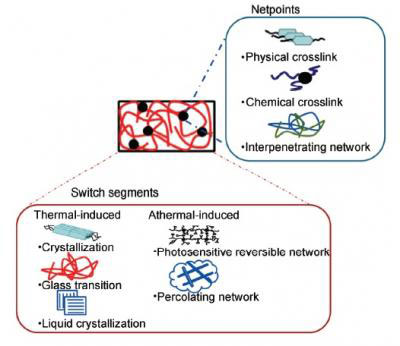 Shape-memory polymers are an important class of materials in medicine, especially for minimally invasive deployment of devices. However, the rate of translation of the concept to approved products is extremely low. A paper described the general usefulness as well as the limitations of the shape-memory polymers for biomedical applications.
Shape-memory polymers are an important class of materials in medicine, especially for minimally invasive deployment of devices. However, the rate of translation of the concept to approved products is extremely low. A paper described the general usefulness as well as the limitations of the shape-memory polymers for biomedical applications.
Apr 17th, 2014
Read more
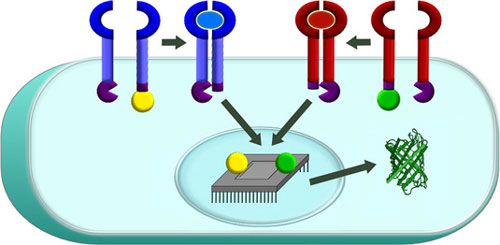 Synthetic biologists have developed a technology for engineering human cells as therapies that become activated only in diseased tissues.
Synthetic biologists have developed a technology for engineering human cells as therapies that become activated only in diseased tissues.
Apr 17th, 2014
Read more
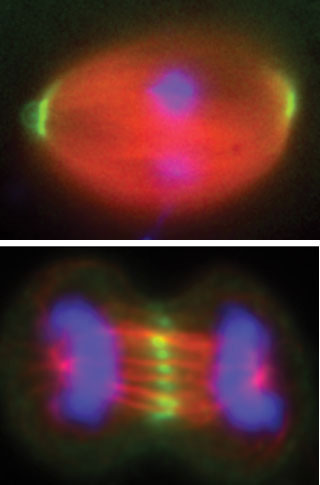 A football-shaped structure, known as the mitotic spindle, makes cell division possible for many living things. This piece of cellular architecture, responsible for dividing up genetic material, is in constant flux. The filaments that form it grow and shrink, while motor-like molecules burn energy pushing them about. To ensure the complex process proceeds in an orderly fashion, molecular fasteners pin the filaments together in certain places, and new research helps explain how they do it.
A football-shaped structure, known as the mitotic spindle, makes cell division possible for many living things. This piece of cellular architecture, responsible for dividing up genetic material, is in constant flux. The filaments that form it grow and shrink, while motor-like molecules burn energy pushing them about. To ensure the complex process proceeds in an orderly fashion, molecular fasteners pin the filaments together in certain places, and new research helps explain how they do it.
Apr 17th, 2014
Read more
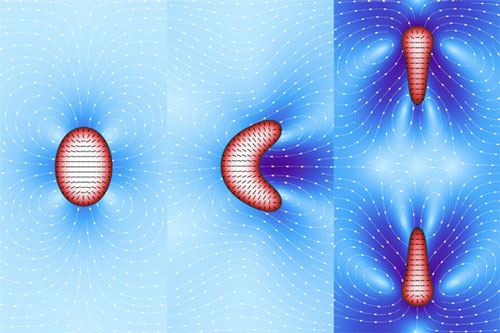 Droplets of filamentous material enclosed in a lipid membrane: these are the models of a 'simplified' cell used by the SISSA physicists Luca Giomi and Antonio DeSimone, who simulated the spontaneous emergence of cell motility and division - that is, features of living material - in inanimate 'objects'.
Droplets of filamentous material enclosed in a lipid membrane: these are the models of a 'simplified' cell used by the SISSA physicists Luca Giomi and Antonio DeSimone, who simulated the spontaneous emergence of cell motility and division - that is, features of living material - in inanimate 'objects'.
Apr 16th, 2014
Read more
Photosynthesis provides fixed carbon and energy for nearly all life on Earth, yet many aspects of this fascinating process remain mysterious. We do not know the full list of the parts of the molecular machines that perform photosynthesis in any organism. A team developed a highly sophisticated tool that will transform the work of plant geneticists on this subject.
Apr 15th, 2014
Read more
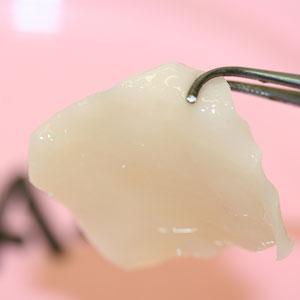 Scientists at the University of Basel report first ever successful nose reconstruction surgery using cartilage grown in the laboratory. Cartilage cells were extracted from the patient?s nasal septum, multiplied and expanded onto a collagen membrane. The so-called engineered cartilage was then shaped according to the defect and implanted.
Scientists at the University of Basel report first ever successful nose reconstruction surgery using cartilage grown in the laboratory. Cartilage cells were extracted from the patient?s nasal septum, multiplied and expanded onto a collagen membrane. The so-called engineered cartilage was then shaped according to the defect and implanted.
Apr 11th, 2014
Read more
Builders and factory workers know that getting a job done right requires precision and specialized tools. The same is true when you're building antibiotic compounds at the molecular level.
Apr 10th, 2014
Read more
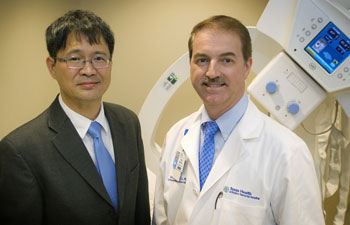 Scientists are investigating whether bone grown from the body's own stem cells can replace traditional types of bone grafting.
Scientists are investigating whether bone grown from the body's own stem cells can replace traditional types of bone grafting.
Apr 10th, 2014
Read more
New findings hold promise for expanded use of bioluminescence imaging tools.
Apr 10th, 2014
Read more
Experts from science and industry are working on new methods of microscopy and advancing microscopy technology to improve our ability to study and understand the molecular processes of HIV infection.
Apr 9th, 2014
Read more
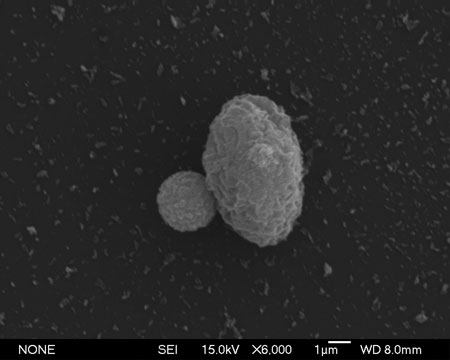 Two new studies identify the processes and cellular pathways that allow cells to move, stiffen, and react to physical stresses. This knowledge, researchers hope, could reveal the causes of cancer and help develop treatments, including therapies for a variety of diseases.
Two new studies identify the processes and cellular pathways that allow cells to move, stiffen, and react to physical stresses. This knowledge, researchers hope, could reveal the causes of cancer and help develop treatments, including therapies for a variety of diseases.
Apr 9th, 2014
Read more
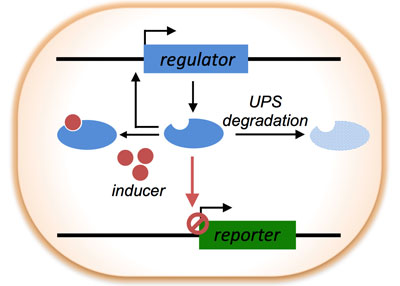 Synthetic genetic circuitry created by researchers at Rice University is helping them see, for the first time, how to regulate cell mechanisms that degrade the misfolded proteins implicated in Parkinson's, Huntington?s and other diseases.
Synthetic genetic circuitry created by researchers at Rice University is helping them see, for the first time, how to regulate cell mechanisms that degrade the misfolded proteins implicated in Parkinson's, Huntington?s and other diseases.
Apr 8th, 2014
Read more
 Picture an industrial-sized manufacturing plant in which workers are turning out a valuable chemical product, say a pharmaceutical drug, or an exotic material such as a truly biodegradable plastic, or a clean-burning carbon-neutral transportation fuel. Now picture that plant as being void of smokestacks venting carbon dioxide into the atmosphere, or receptacles for the collecting of toxic, non-recyclable waste. This is the promise of biomanufacturing.
Picture an industrial-sized manufacturing plant in which workers are turning out a valuable chemical product, say a pharmaceutical drug, or an exotic material such as a truly biodegradable plastic, or a clean-burning carbon-neutral transportation fuel. Now picture that plant as being void of smokestacks venting carbon dioxide into the atmosphere, or receptacles for the collecting of toxic, non-recyclable waste. This is the promise of biomanufacturing.
Apr 7th, 2014
Read more
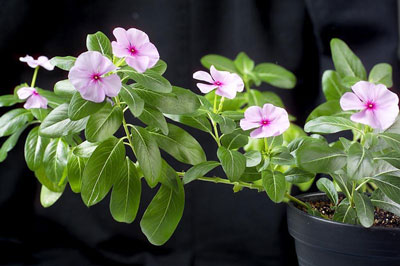 Biotechnological production offers a cost-effective and environmentally friendly alternative to the chemical synthesis of rare and complex pharmaceutical compounds currently isolated from plants.
Biotechnological production offers a cost-effective and environmentally friendly alternative to the chemical synthesis of rare and complex pharmaceutical compounds currently isolated from plants.
Apr 7th, 2014
Read more
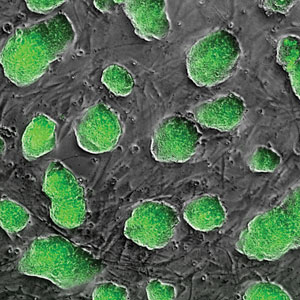 Proteins found in unfertilized egg cells enhance the efficiency and speed of induced pluripotent stem cell production.
Proteins found in unfertilized egg cells enhance the efficiency and speed of induced pluripotent stem cell production.
Apr 4th, 2014
Read more
A long-standing challenge in synthetic biology has been to create gene circuits that behave in predictable and robust ways. Mathematical modeling experts collaborated with experimental biologists to create a synthetic genetic clock that keeps accurate time across a range of temperatures.
Apr 4th, 2014
Read more
New DARPA technology office will merge biology, engineering, and computer science to harness the power of natural systems for national security.
Apr 3rd, 2014
Read more

 Subscribe to our Biotechnology News feed
Subscribe to our Biotechnology News feed









